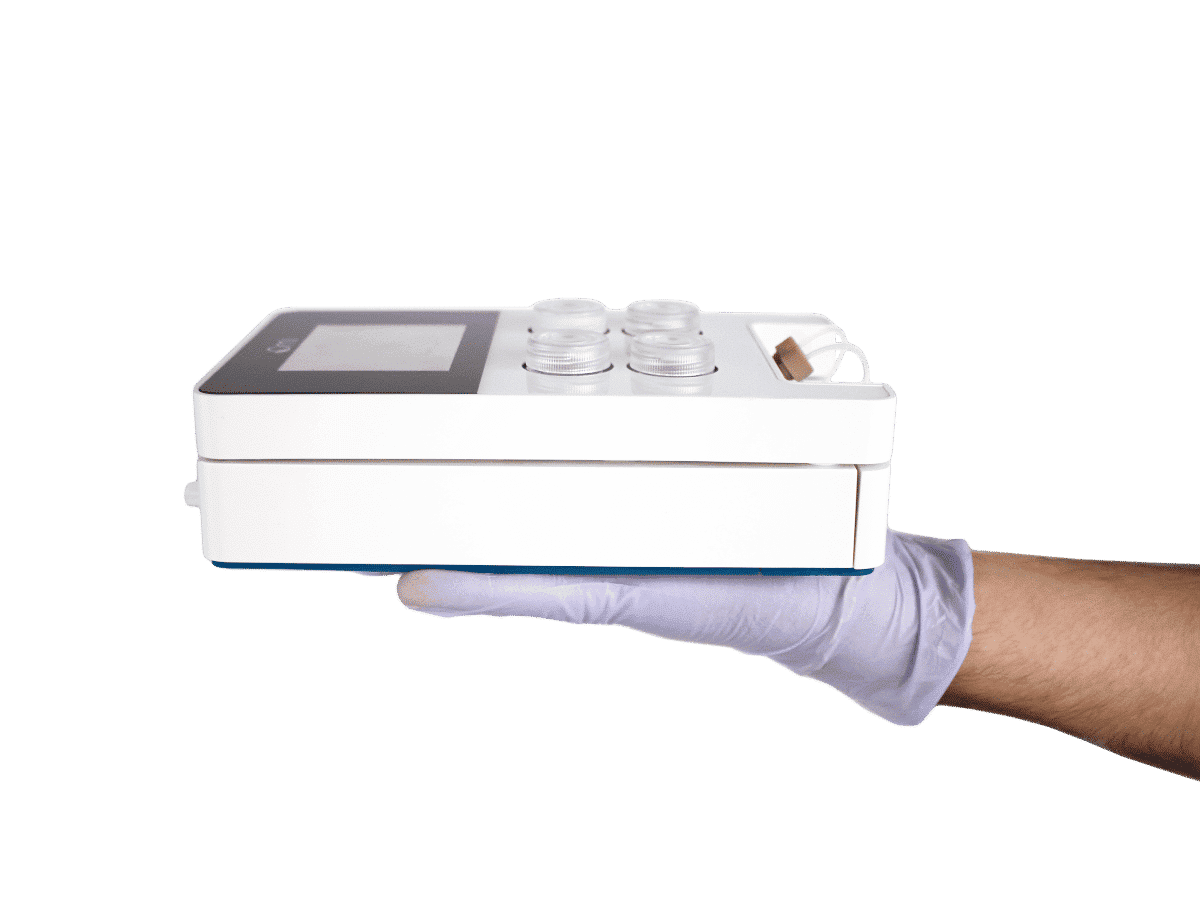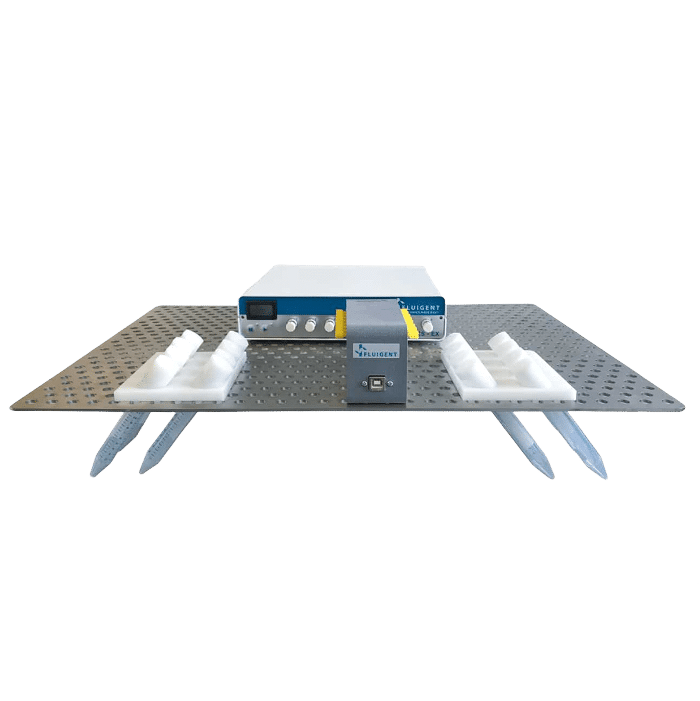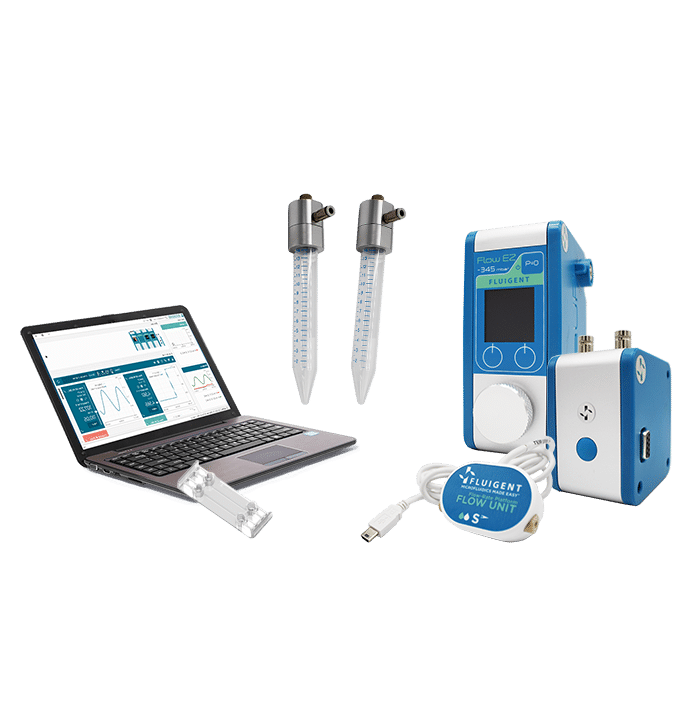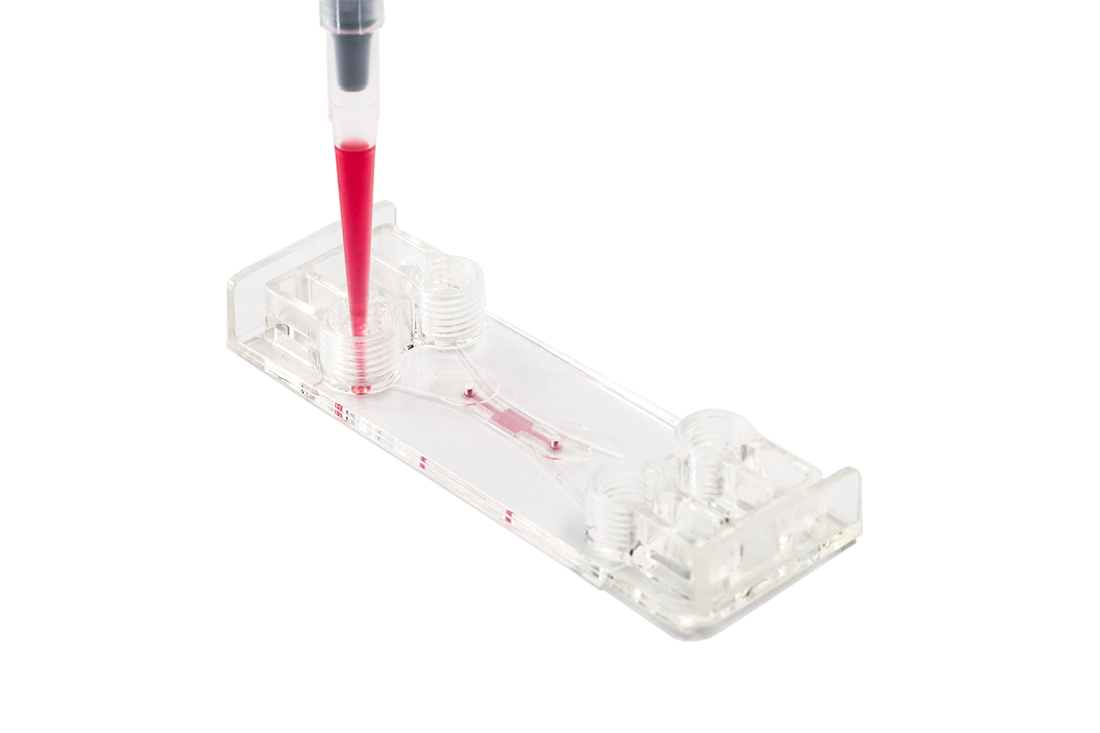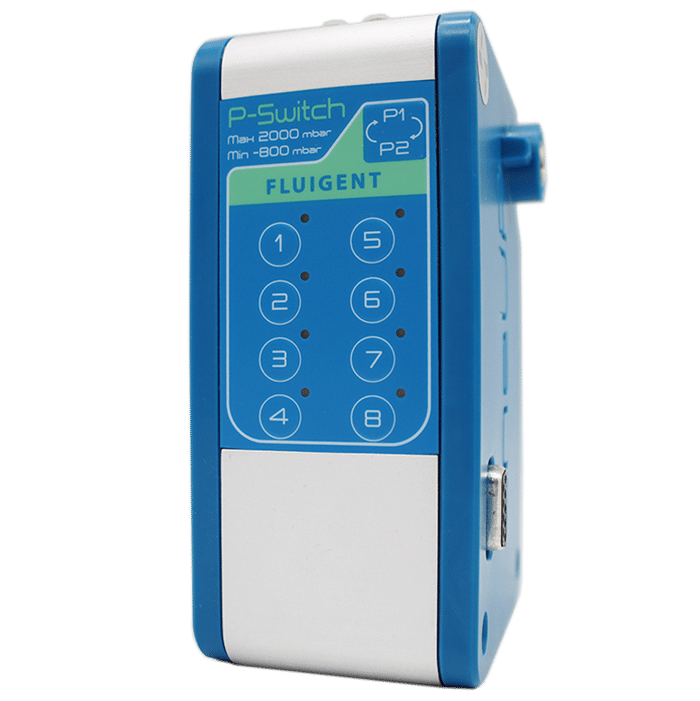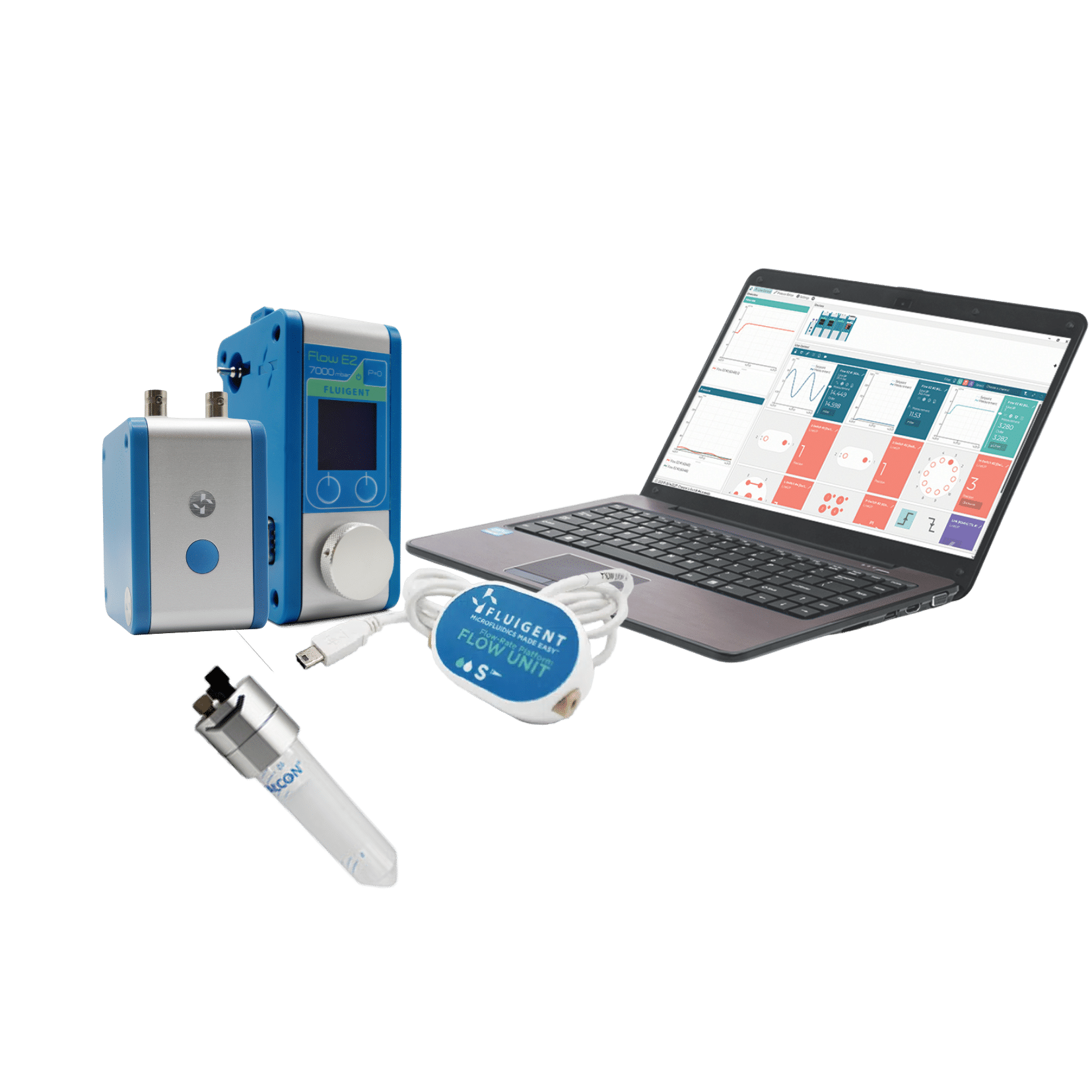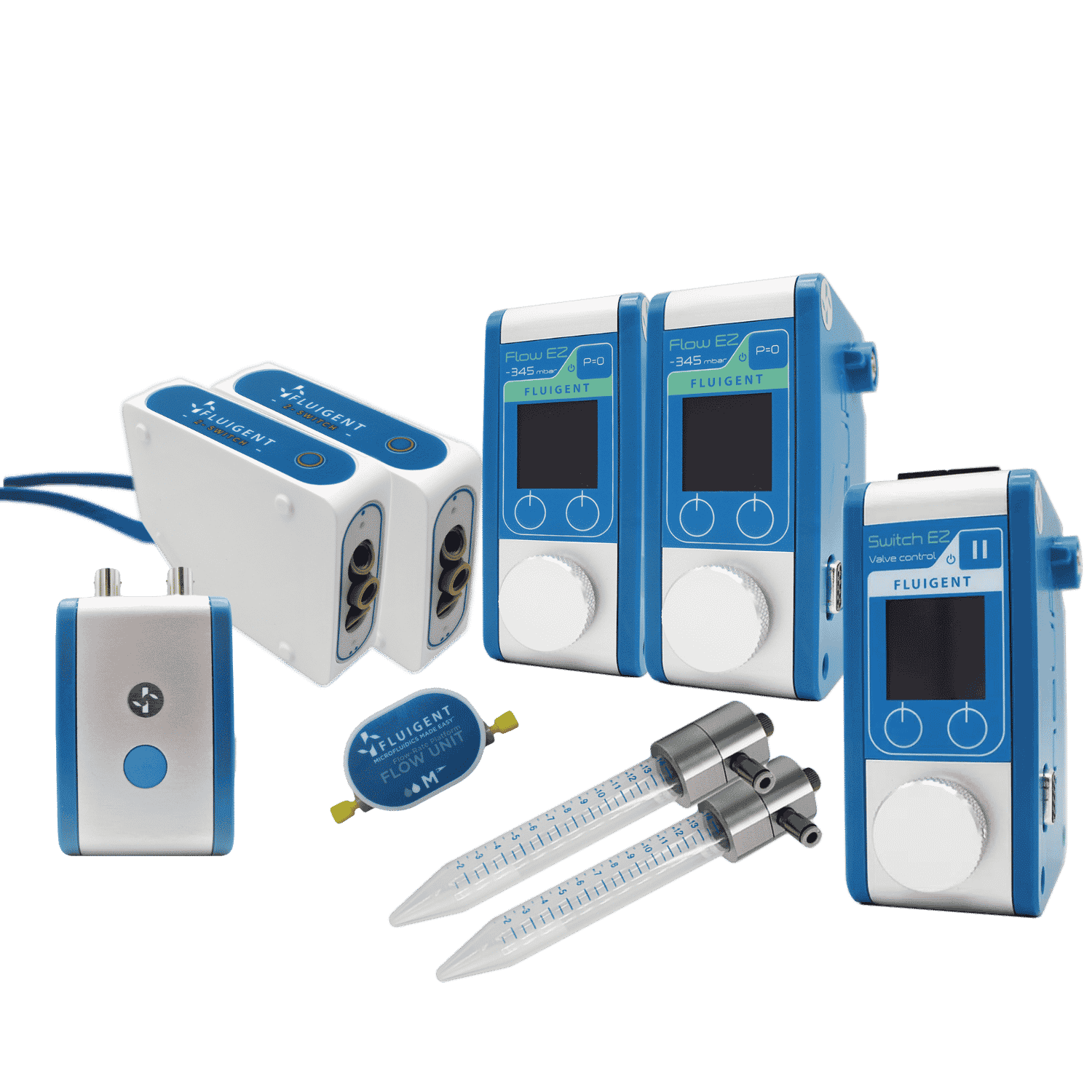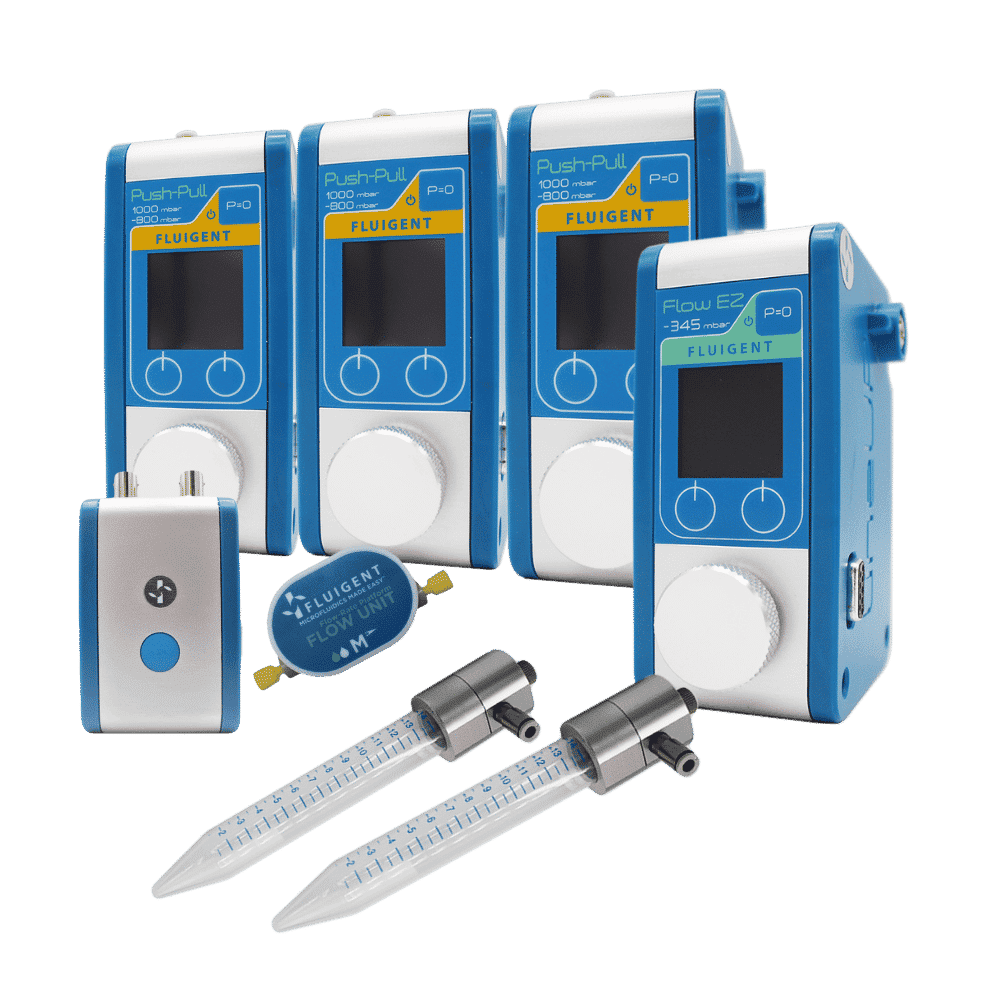A review of Organ on Chip Technology - A White Paper
What are Organs-on-Chips (OoC)? How are they built? What are the single- and multi-OoC models currently available? What are the most common applications? In this expert white paper, we provide a comprehensive review of Organ on Chip technology.
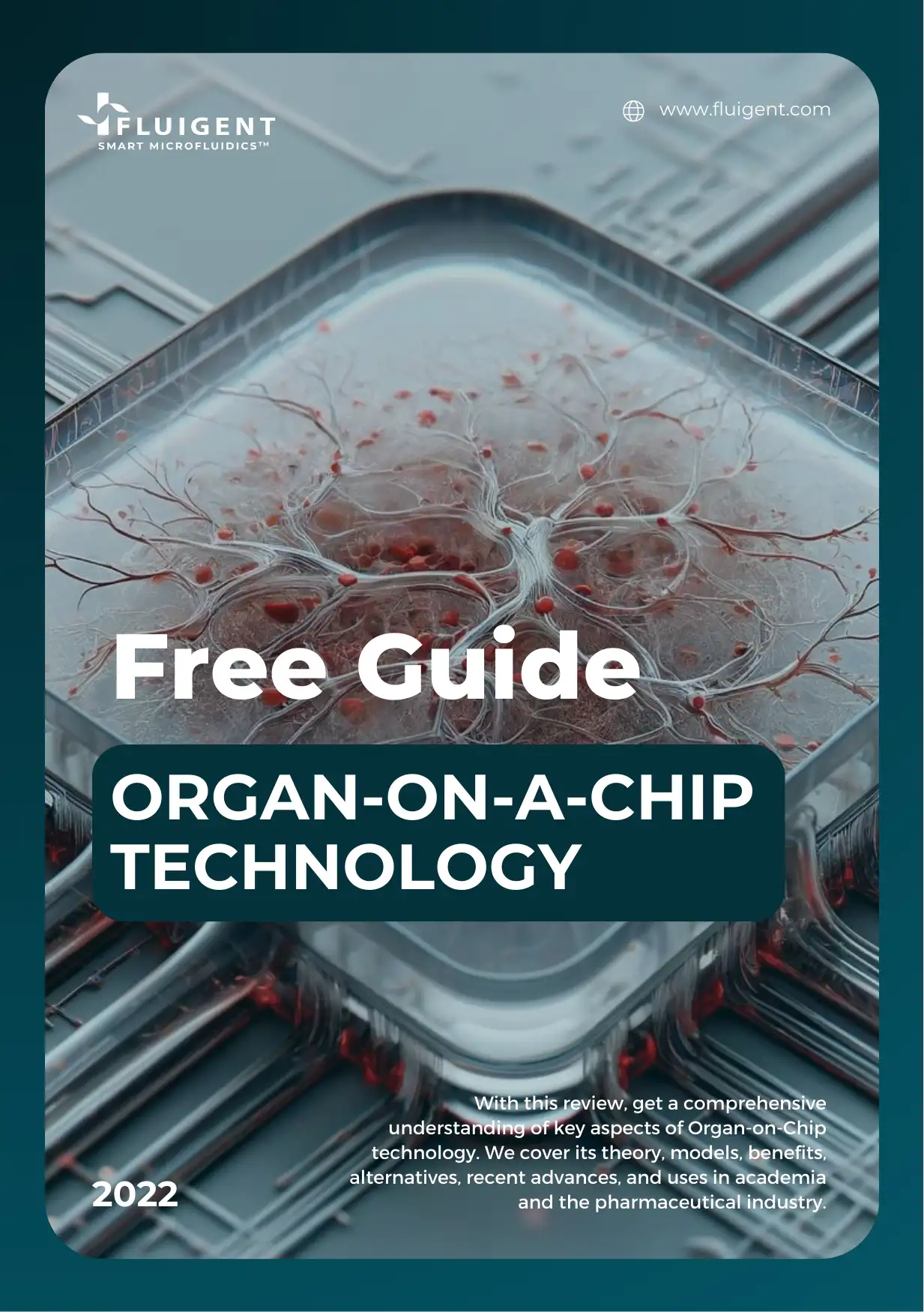
Download the white paper
* Required field.
Introducing Organs on Chips
An Organ on a Chip is a microfluidic cell culture device created with microchip manufacturing methods that contains continuously perfused chambers inhabited by living cells arranged to simulate tissue- and organ-level physiology. Organ on Chip models in microfluidically supported biochips offer the possibility to more precisely regulate the environmental conditions critical to the growth of individual cell types. Miniaturized biochips allow for control of nutrition supply and removal of cellular waste products or secondary metabolites accumulating within the culture medium. Furthermore, oxygenation levels, hydrostatic pressure or shear stress can be adjusted to control such aspects as maintenance of cell layers’ barrier integrity and control of cell migration in vitro.
By reproducing the multicellular architectures, tissue-tissue interfaces, physicochemical microenvironments, and vascular perfusion of the body, these devices produce levels of tissue and organ functionality not possible with conventional 2D or 3D culture systems. They also enable real-time high-resolution imaging and in vitro analysis of the biochemical, genetic, and metabolic activities of living cells in a functional context of tissues and organs. In the context of drug discovery and development, OoC devices should be especially valuable for the study of molecular mechanisms of action, prioritization of lead candidates, toxicity testing, and biomarker identification.
This technology has great potential to advance the study of tissue development, organ physiology and disease etiology. Therefore, our goal in this review of Organ on Chip technology is to help you learn more about the details of this promising technology, from its theoretical basis and the different technology models in use, the many advantages and alternatives associated with its use, and the state of the art and recent advances, to its various applications in academia and the pharmaceutical industry.

“We have a collaboration with Fluigent in an ANR with UTC where we want to parallelize organ-on-a-chip systems in order to test different drugs or different concentrations of drugs.”
Nathalie Maubon | CEO HCS Pharma
A review of Organ-on-Chip technology: table of contents
I. What are “Organs-on-chips” (OoC)?
- Definition
- Applications
II. Why use OoC models?
- “Breaking the in vitro impasse”
- An alternative to animal models – 3R principle
- Advantages of OoC models
- Technical challenges
III. What are the current OoC technologies available?
- Materials used for OoC devices
- OoC layouts classically used to recreate organ functions
- Perfusion systems to deliver physiological flow
- Mechanical stimulation
- Readouts and sensors of physiological responses
IV. What kind of cells are used to create OoC?
- Cell lines
- Primary cells from human donors
- Human iPS (induced pluripotent stem cells)
- Fragmented Organoids
- Human biopsies
V. What are the current single OoC models available?
- Example 1: Lung-on-a-chip – The first OoC
- Example 2: Gut-on-a-chip
- Example 3: Tumor-on-a-chip
VI. How to combine several OoC to create a “body-on-chip”?
- Multiplexing of single OoC
- Multiple organs into a single plate (multi-OoC plates)
- Challenges of the multi-OoC field
VII. Applications of OoC in academia and pharmaceutical industry
- Towards an OoC rather than an in vitro validation experiment?
- Drug development (Efficacy and Safety)
- Pre-clinical ADME-Tox assay
- Personalized medecine
VIII. Conclusion
References
Free content that may be of interest to you
- Microfluidic Application Notes
Development of a human gut-on-chip to assess the effect of shear stress on intestinal functions
Read more - Expert Reviews: Basics of Microfluidics
Why Control Shear Stress in Cell Biology?
Read more - Support & Tools
Shear Stress Calculator
Read more

